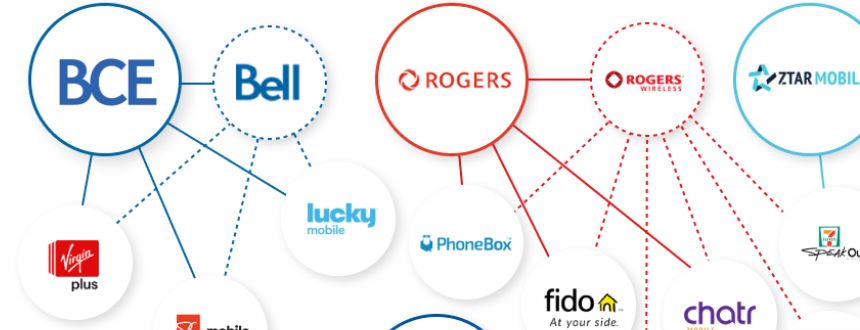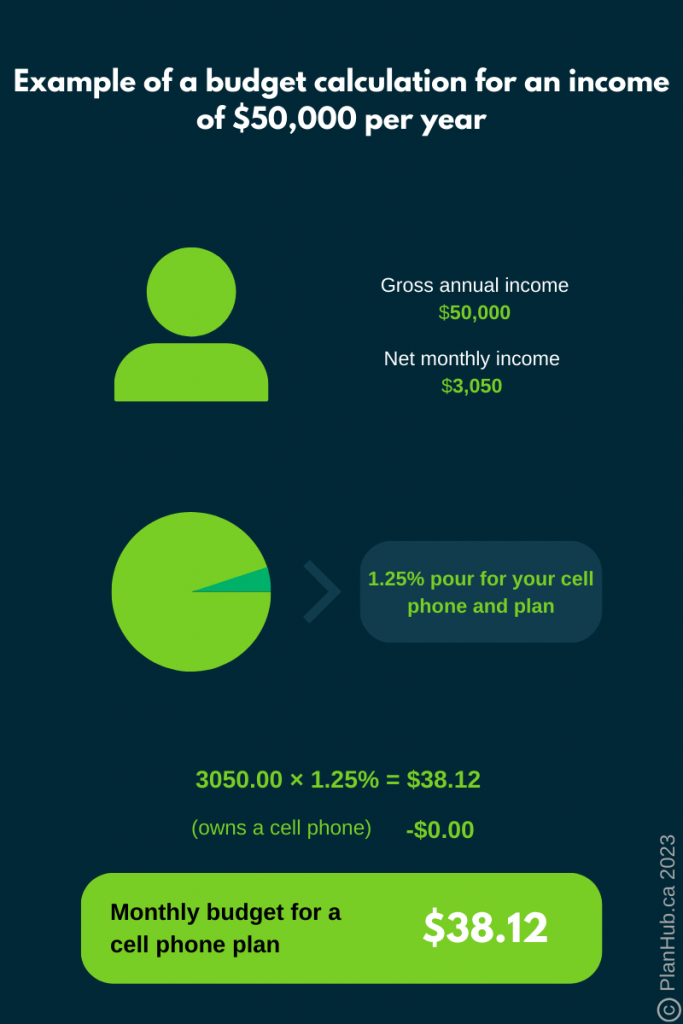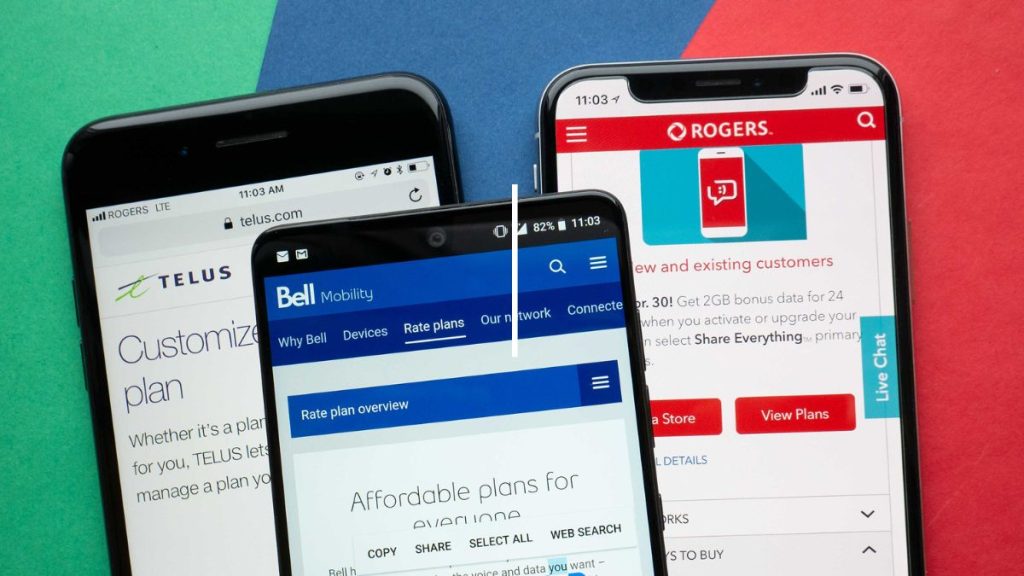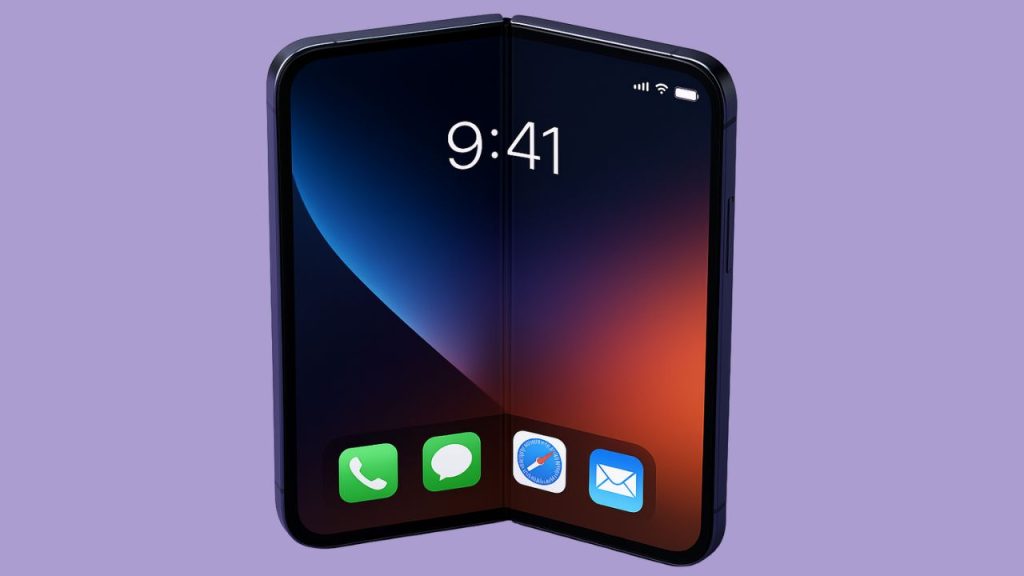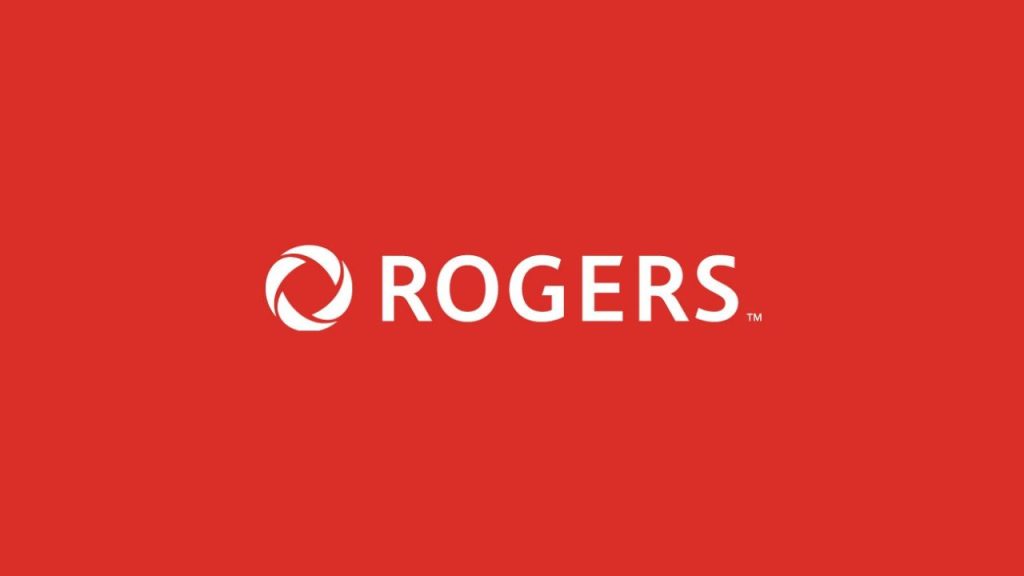Choosing your first cell phone plan or renewing your subscription is an important moment. Beyond finding the best or cheapest cell phone plan, it is important to realize that Canada is the second largest country in the world, but that the population density varies greatly depending on where you live. Unlike Europe or the United States, we don’t have as many luxuries and operator choices. Geography is much more important to us than the classic guides would have you believe.
(Translation of an original PlanHub article)
Whether you are in the city, in a remote area or divide your time between your home and your cottage, your choice of operator will not be the same. New habits have also emerged, such as telecommuting, which requires you to be reachable and to send and receive data during your office hours. On the other hand, people from overseas countries can also benefit from reduced hours or packages that can be included in the subscription to these destinations. All these variables to take into account require Canadians to be more vigilant when choosing a phone plan.
To choose the right cell phone plan, you will first have to determine your various needs. This includes the budget for calling time or the amount of data. You will also have to take into account the area where you live and your travels.
Secondly, you will have to choose your operator and the right steps to take when doing so. Finally, we will highlight what traps to avoid and the good habits to take in order to understand your plan.
To summarize, your search for a package should be based on these three questions
1. How to determine your budget and your needs?
2. How to save money?
3. How to understand the package?
Step 1: How to determine your budget and needs?
Of course, you probably have a budget for your cell phone plan in mind, but if you don’t clearly define your needs first, you might end up spending more than you need. As part of sound budget management, PlanHub estimates that a maximum of 1.25% of your gross income should be spent on a cell phone plan. For an annual income of $50,000 gross, the amount allocated to your monthly subscription would be $52.50. This estimate was obtained by following the many budgeting trends of 2023. Please consult a professional in the field to validate that this budget applies to your situation.
Determine your call frequencies
Many plans starting at $35 now offer unlimited calls to Canada, but if you want to go for a less expensive plan, many offers include limited calling time.
To easily determine your calling needs, you can connect to your account with your current operator and check this information on their site.
If you don’t have an online account, you can always check your last calls which are sorted by date and add up the talk time.
On Android, the Callyzer application allows you to manage your call logs and check the data consumed over time.
On iPhone, the time spent in conversation can be consulted in the “phone” settings.
Determine your texting needs
The vast majority of plans include unlimited messaging for text messages in Canada. No matter what your needs are, you won’t have to restrict or monitor your texting usage. If there is a specific condition in your situation that requires you to choose a limited number of texts, the best thing to do is to look at prepaid plans. For example, Virgin Plus offers packages of 500 text messages per month.
Determine your data needs
It’s tempting to choose a package with a lot of data, but do you really need it? We’ve found that many people choose a package with too much data for what they actually use when they don’t define their actual usage beforehand. You would then be spending money unnecessarily on data you don’t need.

To determine your data needs if you already have a phone, the easiest way is to log in to your account on your carrier’s website or to check your data usage on your phone. If you have to choose your first cell phone plan, it will depend on its usage and data usage.

If your phone is only going to receive your emails and messages on typical applications, Signal or Messenger, 2 to 3 GB is enough.
If you are going to listen to Tik Tok from time to time or a YouTube video, it is better to go for 5 or 6 GB of data. If you don’t want to limit your data usage, you should aim for at least 20 GB. However, you should know that video streaming services like Netflix and Spotify allow you to download their content to listen to it offline. Using this feature is a good way to save data.
For professionals, companies tend to provide phones with comfortable data subscriptions. If you’re self-employed, you’ll need to check documents or answer calls sometimes for a few seconds, and face unexpected events, so plan for a good amount of data and not the minimum subscription to start, then adjust your data plan according to your usage.
Think Wi-Fi
At home, with friends, or in your professional environment, think about connecting to the Wi-Fi network. You’ll save a lot of data and be able to switch to a cheaper plan. But remember to use a VPN if you’re connecting from public places like airports or trade shows.
Check your data usage on your bill. This will allow you to adjust your plan according to your needs. Operators won’t charge you extra or cancel as long as you stay with them. Usually, they will be understanding if you choose a package with less data.
Determine your coverage needs
As mentioned above, current plans starting at $35 include unlimited calling within Canada. That’s one less thing to worry about!
If you need to call the U.S., many operators offer unlimited plans to Canada and the U.S. Prepare to pay $75 minimum for this type of subscription.
People from overseas countries can also look at operators who offer preferential rates on their phone packages to these destinations.
Determine your travel needs
Your coverage needs depend largely on your habits and your place of residence. Depending on whether you live in the city, in a remote area or if you live in between, your needs will not be the same. To find out which area of your region is covered, we invite you to consult our network coverage map.
If you live in a big city
Large cities are covered by many operators, which represents several advantages. You have access to many providers, both large competitors and alternative operators. You don’t have to worry about geographical constraints as you spend most of your time in the city.
Your priority will then be to choose the provider, the data and the package.
If you live in a remote area
Even if there are fewer operators in these regions than in big cities, you will still benefit from the national rates and indirectly from the competition between. Some alternative operators have been bought or use the networks of historical operators. This means that you will also have access to their packages.
The first thing to do is to check which providers are present in your area, which we suggest you do with our network coverage map.
If you live in the city and a remote area
Telecommuting allows for new habits, especially working from outside the city. Therefore, it is not uncommon to see more and more city dwellers working from their cottages. However, if you’re splitting your time between your two homes, you should be able to benefit from good network coverage at all times.
If you can afford it, you can choose to subscribe to two plans, one for the city and one for the region. Many phones like the iPhone Pro Max, Galaxy S23, or the Google Pixel 7 have a slot for two SIM cards.
The most economical choice will still be to choose a carrier that is present in your city and in the region you also reside in. Start by checking which operator is present in your area. You can use our tool to find out which operators are close to your location. If you do this, there is a good chance that a provider in your area is also present in your city, so you can choose one single subscription.
2. How can I save money?
What options are available
Several options that used to be charged are now included in subscriptions and prepaid offers such as voice mail, caller ID and unlimited texting.
However, other options such as three-way calling need to be checked with your operator to see if they are offered or what their limit is. For example, some operators may charge you for three-way calling if you exceed a specific number of hours per month. The same thing goes for call forwarding, it is included, but only to Canada. If you plan to have your calls forwarded to a phone abroad, the option becomes payable.
If you’re looking for a package for everyday use, consider only the basic options such as voice mail, call display and unlimited texting to avoid increasing your bill unnecessarily.
Which operator to choose?
Once you have defined your data and calling time needs, the next step is to choose a carrier. There are a few ways to evaluate the quality of a network or a service offered. The best way is to consult the review platforms such as PlanHub and read the positive comments, without neglecting the negative comments and 3-star ratings.
Major operators such as Bell, Telus, Rogers or Videotron are present in most major cities, their importance varies depending on the province where they are located. For example, Rogers dominates in Ontario while Bell is the leader in Quebec.
If you live in the city, you will also have more choices regarding alternative operators. To operate, they rely on the network of their parent company whether it is Bell, Telus, Rogers or Videotron. There is therefore no need to worry about the quality of reception or the speed of data transfer. You will benefit from a first-class network. Alternative operators manage to lower prices by saving on secondary services such as telephone support.
Do you have children? Opt for a family plan.
It may be a good idea to sign up for your children’s plans with your phone provider. Many of them do this and advertise discounted subscriptions or add-ons.
If they don’t advertise it on their site, they will accept to give a discount, but this is especially true for the large operators. Independent operators will have a harder time lowering their prices, but you can often get a discount on data.
Bundle your services
If you already have an internet subscription, it may be a good idea to sign up for your cell phone package with the same provider. You will automatically receive a discount on your services. Some providers are also more inclined to give you rates reserved for new subscribers or to give you special offers when you renew your subscription if you already subscribe to services with them.
Activation fees, you can have them waived
When you move, subscribe to a new provider and even when you change your internet service with the same provider, a 50$ fee may be required to activate your line.
You can get this fee waived by making some common sense arguments. Make the argument that you are signing up for two years, for example, or that despite your move you remain a loyal customer. If you are adding a service, make that argument as well. It takes only a few minutes to activate a line and people are already being paid to do this. So providers are usually quick to give you the gift of activation, especially if you show them that you are a good customer and are likely to stay if the service offered is up to your expectations.
3-How to understand your package?
Carefully read the fine print
Beware of late fees. These have been increased from 20% to 50%, but some operators can quickly raise the bill, to the point where class actions are currently being prepared. Otherwise, late fees can also lower your credit rating. Sometimes operators will report your late payment the day after it’s due, and no matter if you were travelling or hospitalized, the damage is done your credit rating will take a hit. Preferably opt for a direct debit, but you can also always pay a month in advance to be on the safe side. In case of overpayment or prepayment, the operators will of course deduct these payments from your bills, and if you are late, the payment will have already been made anyway.
Save money with direct debit and credit card payments
Many operators now charge an extra $5 on your cell phone plan if you make your payment via a traditional bank transfer. It is better to opt for direct debit to avoid this extra cost.
On the other hand, if you make your payments by credit card, 2% is automatically transferred to your account, allowing you to recover some money from your subscription. 2% may not seem like much, but on a $50 per month subscription, that’s $1 per month that goes back into your account or $24 over two years.
Take advantage of year-end discounts
At the end of the year, Black Friday and Boxing Day sales are the perfect time to take advantage of great discounts on new plans and to take advantage of free or discounted data.
The incumbents usually drop about $20 on their subscriptions, and you can still save a few more dollars if you sign up for multiple services. On the alternative operators’ side, they can sometimes agree to discounts on packages, but we mostly see discounts on data and phone packages that benefit from free hours to overseas countries or the United States.
To start looking for a cell phone plan, simply follow the link below. After answering a few simple questions about your mobile needs, the PlanHub search engine will present you with all the options that fit your needs.

